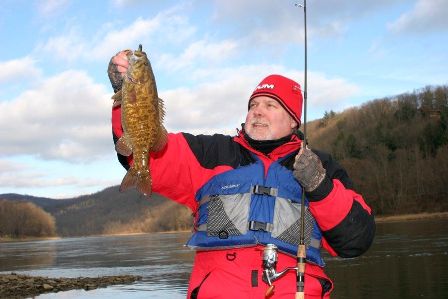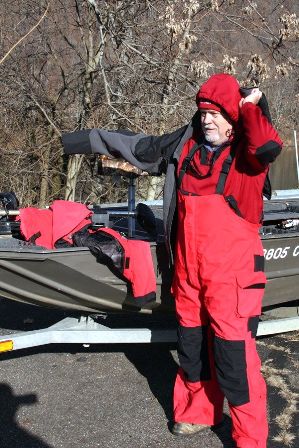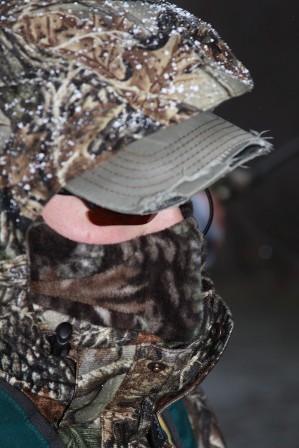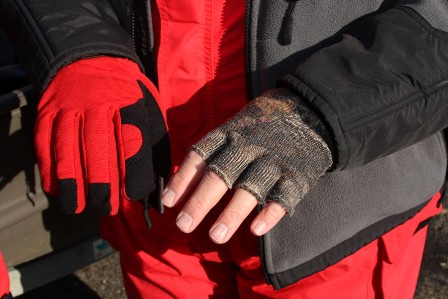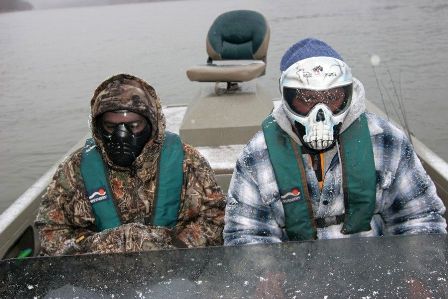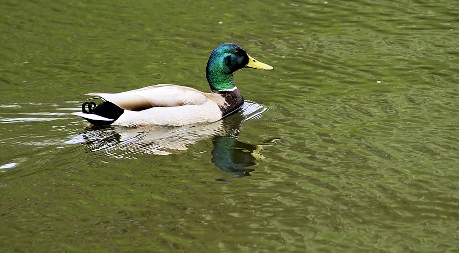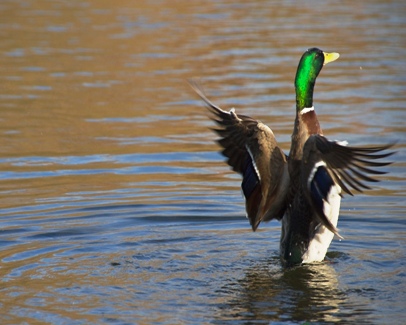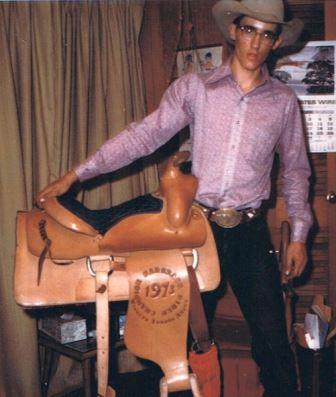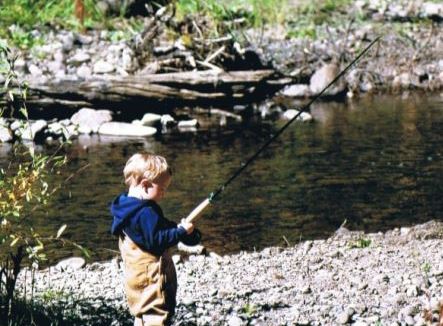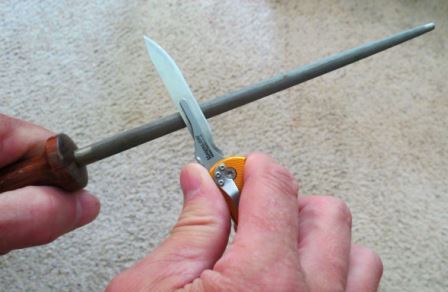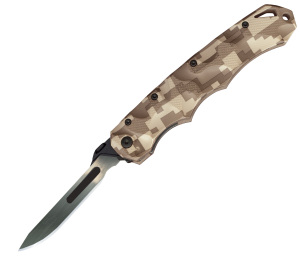By Bernie Barringer
5 easy steps that will get you more shots!
Today’s archery equipment is capable of shooting remarkably well compared to even 10 years ago. Some of the most accomplished archers are shooting groups of eight inches or smaller at 100 yards under target conditions. Few bowhunters would take shots like that at animals, but the fact is that most modern, well-tuned bows are capable of shooting far better than you can shoot.
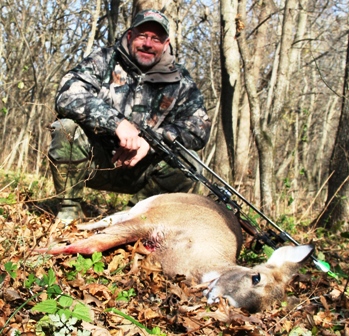
This doe was ranged at 41.5 yards. A heart shot put her down within 40 yards of the impact. Proper form and proper practice will extend your effective shooting range.
If your effective range is say, 30 yards, your bow is very capable of shooting much farther. All that is left is improving your skills so you can catch up. I have shot three deer in the past two years at just over 40 yards, which I consider to be my effective range. I am working diligently to extend my effective range to 55 yards, since I will be drawing an antelope tag for Wyoming next year, and the shots are likely to be long ones.
Here are five tips to help you add 15 yards to your effective hunting range. You can do this in two to three weeks if you are up to shooting about 50 arrows a day.
1. Know Your Current Capability
Before adding any range to your shooting abilities, you must first establish a baseline. Start by being honest with yourself about what your current range is. If you’re punching groups that can be covered by the palm of your hand at 30 yards, that’s probably your effective range. That means under hunting conditions – with adrenal glands pumping, possibly some crosswind, and the likelihood that the target will move – your groupings will probably double in size. That’s barely good enough.
Shoot a dozen arrows and actually measure the group. One flyer out of the group is not cause for alarm, but it is something that needs to be worked on. If you can’t be consistent in a relaxed and controlled backyard environment, you sure aren’t going to be consistent when a big buck steps out. Plus, even today’s fast and quiet bows still cannot outshoot their sound. A tense deer is going to move a little before the arrow gets there. The longer the shot, the more it has time to move.
2. Shore Up Your Style

Setting up a shooting area at your home makes practice easy and fun. The more accessible your practice area, the more you will use it.
Take a critical look at your form and style. It’s not a bad idea to enlist the help of an archery coach. Any little mistake you make at short to medium ranges will be magnified at longer ranges.
Several fundamentals need to be critiqued, such as arm position and elbow bend, anchor consistency, head position, stance and back tension. Work very hard on using good form before you try to extend your range. It will also make a big difference in your confidence. If you shrink your 20-yard groups, they’ll be smaller at 40 yards, too.
3. Practice Properly
Practice is important, but the right practice is even more so. If you set out to shoot 50 arrows a day, do not shoot all 50 in one session, especially at first. If you haven’t been shooting every day, chances are you’ll get tired before you get to 30 arrows. Your form will suffer, which will open up your groups and increase the number of bad shots.
Remember, you are trying to simulate hunting conditions as much as possible. In hunting situations, you are not going to be shooting a bunch of arrows. You need one shot to count. It’s impossible to shoot 50 arrows like each one was your first. Better to shoot five sets of 10 shots over the day.
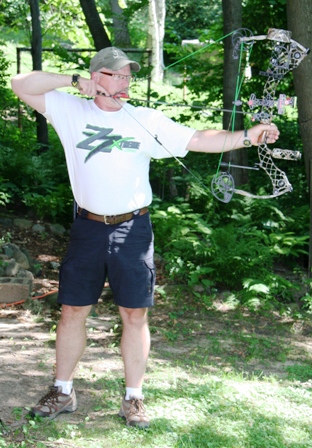
Shooting a few arrows at a time over the course of a day and week more effectively mimics hunting conditions than shooting a lot of arrows all at once. With every shot, focus on proper form.
With each shot, concentrate on your form and fundamentals. Take your time and as the days pass, proper form will become second nature to you as muscle memory helps your brain perform properly.
4. Take Baby Steps, Not Giant Leaps
Don’t try to add 15 yards all at once. Add five at a time. As you become confident with the addition of five yards, add five more – maybe five a week for three weeks. I cannot overstress how important confidence is in your shooting.
Many things can go haywire in your mind. For example, if you notice that your pin is hanging up right below the bullseye and you have to forcefully move it up, you’re going too fast. Slow down. Relax. This should be fun, and it will be so much more fun when you see yourself making progress toward shooting great groups at longer distances.
5. Don’t Overestimate Your Abilities
Now that you’re confidently shooting farther, it’s easy to forget the critical issues we talked about in steps one and two. Although you now have a 15-yard greater radius when setting up your hunting locations, you still have to factor in environmental conditions whether you’re hunting from a ground blind or a treestand.
Don’t take chances on alert deer. Keep in mind the effect uphill and downhill shooting has on your range. Remember that wind might play a trick on you. Anything that goes wrong at shorter distances goes even more wrong at longer distances. Trust your instincts and be ethical in your shot selection.
Wait for the right shot, and then make it count!
About Bernie Barringer:
 Bernie Barringer hunts a variety of species in several states and Canadian provinces. He has published more than 400 articles in two dozen outdoor magazines and authored ten books on hunting, fishing and trapping. He is the managing editor of Bear Hunting Magazine, and blogs his hunts on his website www.bowhuntingroad.com.
Bernie Barringer hunts a variety of species in several states and Canadian provinces. He has published more than 400 articles in two dozen outdoor magazines and authored ten books on hunting, fishing and trapping. He is the managing editor of Bear Hunting Magazine, and blogs his hunts on his website www.bowhuntingroad.com.
Be sure to read more of Bernie’s writing here!
4,838 total views, no views today


